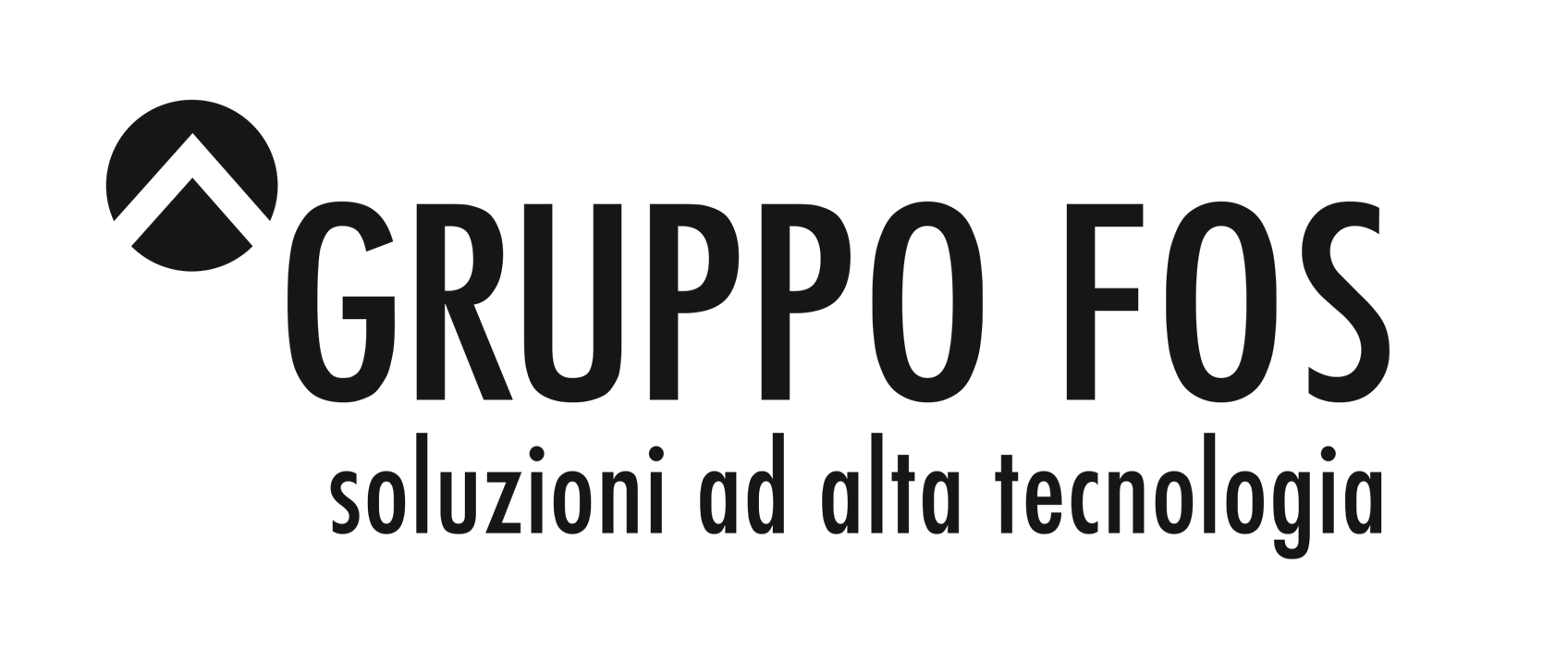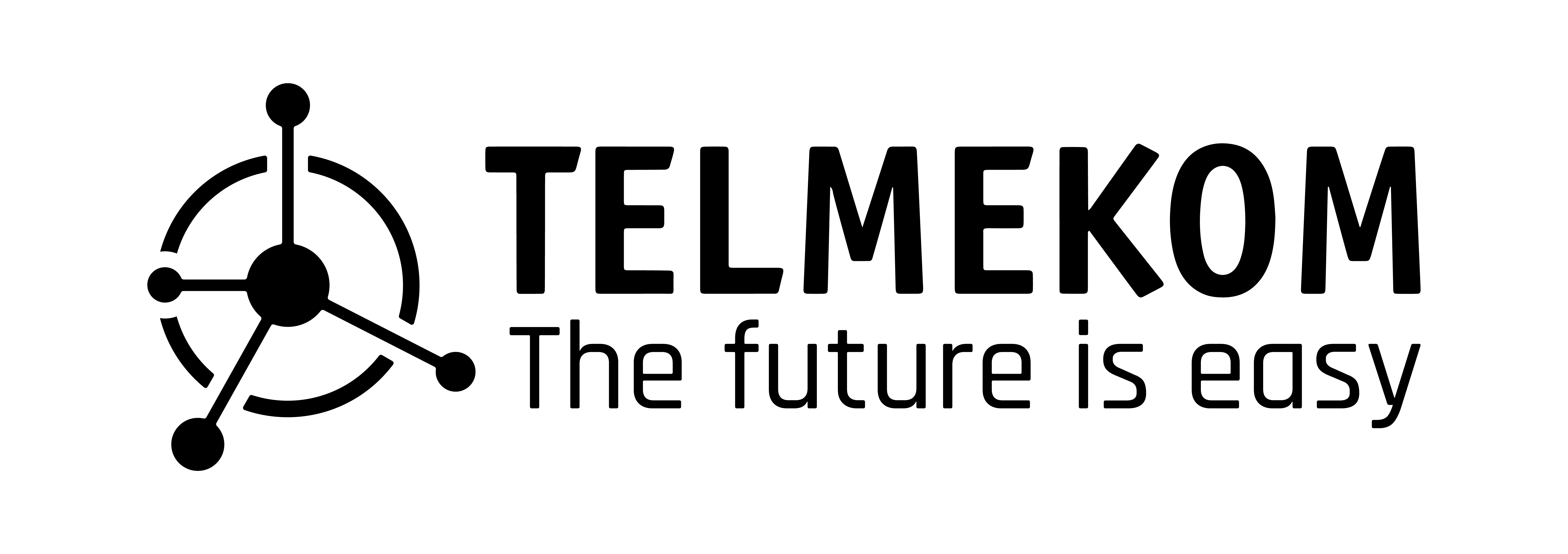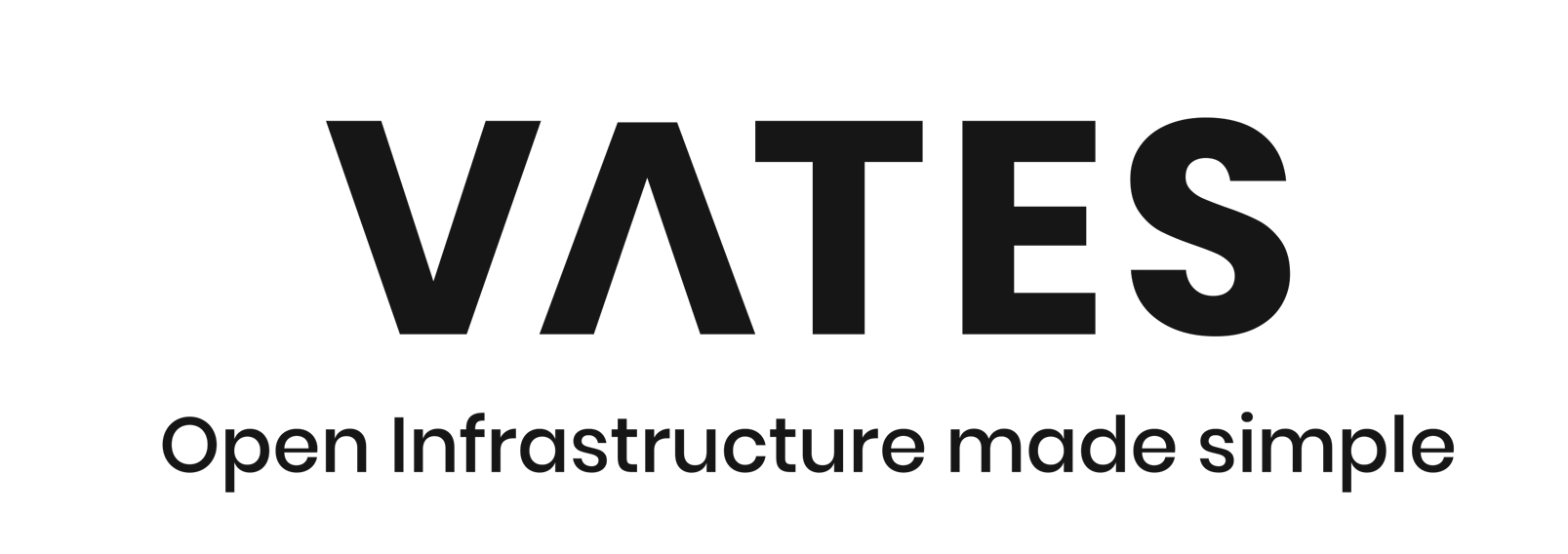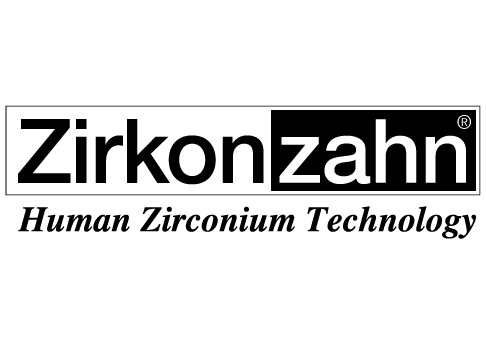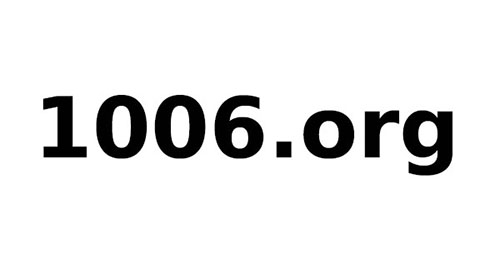We present a computational pipeline implemented in R programming language to perform to detect in the protein-protein human interactome the protein-protein interactions that are most likely affected by the state of the gene coding for Protein Tyrosine Phosphatase, Receptor Type, G (PTPRG) and by different treatments in a well-established cell model of chronic myeloid leukaemia (CML).
The final concrete result of this research is a free software that allows oncologists to identify the protein-protein interaction pathways not properly working in patients suffering from CML, as well as he pathways that are altered by the pharmacological treatments currently being tested.
The protein encoded by PTPRG gene belongs to the family of the protein tyrosine phosphatase (PTP), which are known to be signalling molecules that regulate several cellular processes including cell growth, differentiation, mitotic cycle, and oncogenic transformation. The study considers also the effect of the treatment with tyrosine kinases inhibitors (Imatinib) both in presence and absence of activity of endogenous PTPRG, a oncosuppressor gene downregulated in CML patients. Tyrosine kinases phosphorylate proteins on tyrosine residues, producing a biologic signal that also influences many aspects of cellular function including cell growth, proliferation, differentiation, and death inhibition of tyrosine kinases represents a strategy to disrupt signalling pathways that promote neoplastic growth and survival in hematologic malignancies and likely in other neoplasias as well. The data used in this study derive from the analysis carried out by microarray hybridization of the CML cell transcriptome (K562) in different conditions. The cells were transfected with full length PTPRG and compared to several controls: cells transfected with the empty vector, cells transfected with the same protein that presents a mutation on the catalytic domain (D1028A) and cells treated with a tyrosine kinase inhibitor (TKI) utilized in clinic (Imatinib) targeting the oncogene BCR/ABL1. We designed a pipeline to efficiently analyse the networks of thousands of genes and to catch both their dynamics and static properties. We considered first the genes that resulted to be differentially expressed, and then the differentially expressed genes that are transcription factors in groups of patients who have undergone the tyrosine treatment and/or exhibit a different (active or non-active) status of PTPRG gene. We calculated the subgraphs induced by these genes on the graph of human interactome. We analysed the nodes of these subgraphs through both with standard and new centrality metrics able to quantify both the topological and the dynamical properties of the nodes.
The comparative analysis of static properties and dynamic behaviour of networks induced by different endogenous conditions and pharmacological treatment has revealed partial similarities between the conditions produced by the pharmacological treatment with TKI and those produced by PTPRG overexpression. These similarities reveal valuable insights into the possible mechanisms of action and the side effects of treatment with TKI. The analysis software that we represent is therefore an indispensable tool to support the experimental analyses aimed at fully understanding the interaction mechanisms of modern and future pharmacological treatments for CML.
The work has been done in collaboration with the doctors of the General Pathology division of Department of Medicine of the University of Verona, Italy.


